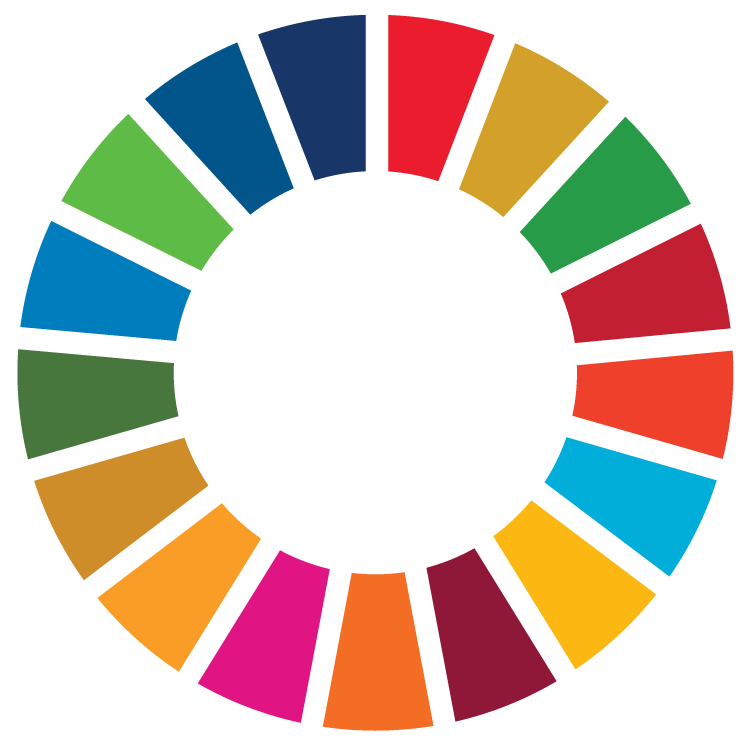Text traduït
Aquesta assignatura s'imparteix en anglès. El pla docent en català és una traducció de l'anglès.
La traducció al català està actualitzada i és equivalent a l'original.
Si ho prefereixes, consulta la traducció!
Texto traducido
Esta asignatura se imparte en inglés. El plan docente en español es una traducción del inglés.
La traducción al español está actualizada y es equivalente al original.
Si lo prefieres, ¡consulta la traducción!
Original text
This subject is taught in English. The course guide was originally written in English.
Course
Early Childhood Education and Primary School Teaching, majoring in English
Subject
Introduction to Physical Education
Type
Compulsory (CO)
Academic year
5
Credits
6.0
Semester
1st
| Group | Language of instruction | Teachers |
|---|---|---|
| G11, classroom instruction, mornings | English | Núria Serra Pou |
Sustainable Development Goals (SDG)

- 3. Good health and well-being
- 4. Quality education
- 16. Peace, justice and strong institutions
Objectives
Introduction to Physical Education aims to equip students with the skills, knowledge and understanding of the structure, content and different elements of a physical education (PE) class, as well as to assess it.
It will give the opportunity to widen knowledge in regards to PE while developing a practical and contextual understanding of the subject.
Introduction to Physical Education also aims to introduce different active methodologies in order to promote interdisciplinary teaching. This course pretends to promote active learning in primary education, where children can move most of the time and not only during PE classes. That's why this subject will show to the future teachers different methodologies to promote active schools.
Learning outcomes
- Use the different elements of the physical education curriculum to plan a session of a knowledge situation. (LO2, LO5)
- Carry out three sessions of physical education applying the appropriate strategies and methodologies. (LO4, LO5)
- Organise a physical education session for a primary school. (LO5)
- Self-evaluate and collaboratively co-evaluate the physical education session and the development of its tasks in accordance with the previous design of the knowledge situation and the session. (LO7, LO8)
Competencies
Specific skills
- Design, plan and assess teaching proposals for different areas of the curriculum, consistent with theories of learning and encouraging cooperative work.
- Develop and adapt educational resources for different curricular purposes, using information and communication technology as basic tools for learning.
- Know about the principles of development and promotion of physical education, sport, healthy lifestyles, and forms of expression and body language.
- Manage learning spaces in contexts of diversity and inclusion, taking into account the needs arising from disorders and learning difficulties, in order to establish appropriate guidelines for intervention in collaboration with other services, professionals and families.
Core skills
- Be a critical thinker before knowledge in all its dimensions. Show intellectual, cultural and scientific curiosity and a commitment to professional rigour and quality.
- Interact in international and worldwide contexts to identify needs and and new contexts for knowledge transfer to current and emerging fields of professional development, with the ability to adapt to and independently manage professional and research processes.
Content
- Physical education (PE) in the school context
- PE dimensions (physical activity, healthy habits, body expression, motor games)
- Preparing a learning unit
- Project based learning
- Gamification
- Assessing in PE
Evaluation
Assessment is varied. You will learn to program, develop and undertake class projects, prepare presentations, and finally, plan/deliver/evaluate teaching physical education sessions. There will be formal presentations from time to time. A balanced combination of coursework and observed classroom experience will be assessed to see the knowledge of the subject, in accordance with a work plan that will be given to students at the beginning of the course. The teacher will monitor the work sessions and tutorials will be run at specific times in the semester.
The students will have to develop and present in a group an EF class with children and another with their classmates (40%). This will carry out the specific tasks proposed in their learning situation (20%), create a presentation on the general lines of the new curriculum (20%) and other work tasks in class on methodologies, evaluation or inclusive PE (20%).
Methodology
The course will be developed by combining different teaching an learning activities with practical, work-based and theoretical learning. A wide range of methods will be used to help you learn, these include lectures, seminars, tutorials, workshops, presentation, and finally, directed and independent study.
- Class sessions in groups will include activities to apply concepts and key ideas.
- Class sessions of directed work will include assignments, their development and presentation.
- Individual appointments will be for monitoring the learning process of the students.
Bibliography
Key references
- Europrean Comission (2013). Physical education and sport at school in Europe. Retrieved from https://eacea.ec.europa.eu/national-policies/eurydice/content/physical-education-and-sport-school-europe_en
- Hills, Andrew., Dengel, Donald., Lubans, David. (2015). Supporting Public Health Priorities: Recommendations for Physical Education and Physical Activity Promotion in Schools. Retrieved from https://www.sciencedirect.com/science/article/abs/pii/S003306201400142X
- Purcell Cone, Theresa; Werner, Peter; Cone, Stephen. (1998). Interdisciplinary elementary physical education: Connecting, sharing, partnering (2 ed.). Human Kinetics.
- Tsangaridou, Niki (2012). Educating primary teachers to teach physical education. Retrieved from https://journals.sagepub.com/doi/abs/10.1177/1356336X12450788
Further reading
Teachers will provide complementary bibliography and compulsory reading throughout the course via the Virtual Campus.